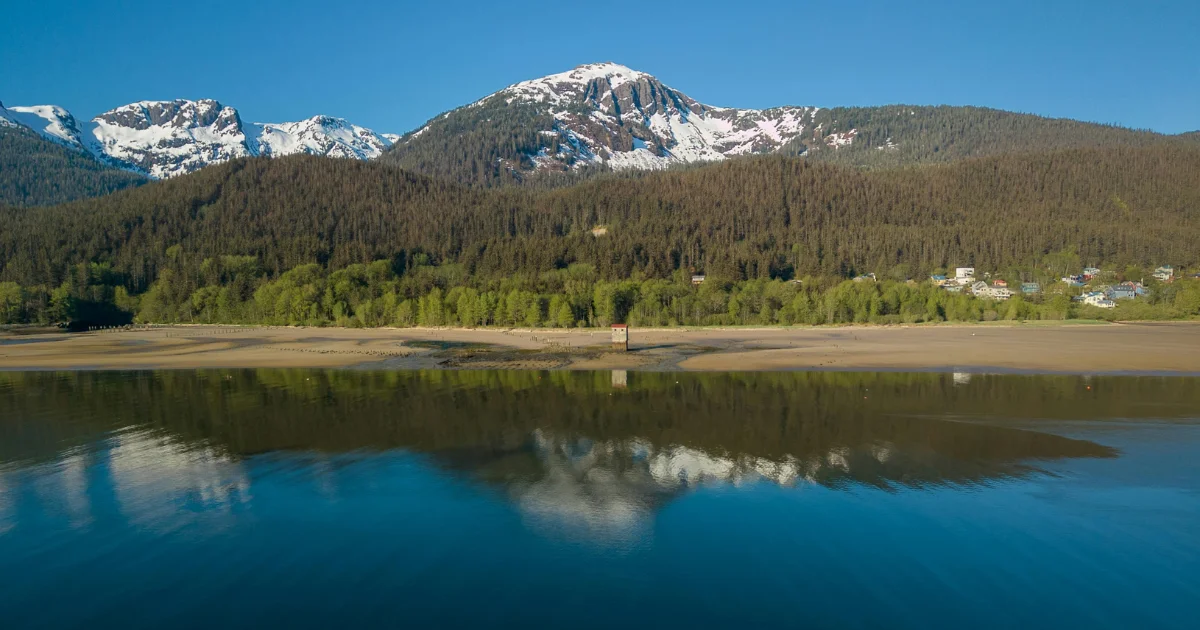How Forests Cool the Planet
Forests are not only beautiful natural landscapes—they play a crucial role in regulating the Earth’s climate. One of the most important ways they help is by cooling the planet. Through processes like shading, transpiration, and carbon absorption, forests help maintain global temperatures and create a stable climate. This article explores how forests cool the planet and why protecting them is essential for our climate’s future.
Shading and Temperature Regulation
Trees naturally provide shade, which reduces the amount of heat that reaches the Earth’s surface. In forested areas, the canopy formed by tree branches and leaves blocks sunlight, keeping the ground cooler.
Example: Urban heat islands, where cities are much hotter than surrounding rural areas, are often caused by the lack of trees and green spaces. Planting trees in cities can significantly lower temperatures, reducing the need for air conditioning and energy consumption.
Transpiration: The Cooling Process
Transpiration is the process through which trees release water vapor from their leaves into the atmosphere. This acts like natural air conditioning. As the water evaporates, it cools the surrounding air, creating a cooling effect.
Fact: A single mature tree can release hundreds of liters of water vapor into the air each day, helping to lower temperatures and maintain local humidity levels.
Forests Absorb Carbon Dioxide
Carbon dioxide (CO2) is a major contributor to global warming. Trees absorb CO2 during photosynthesis and store it in their biomass (roots, stems, and leaves). By removing CO2 from the atmosphere, forests help slow down the pace of climate change and keep the planet cooler.
Impact: Forests absorb roughly 30% of the carbon dioxide humans emit, reducing the overall amount of greenhouse gases in the atmosphere.
Albedo Effect: Reflecting Heat
The albedo effect refers to how much sunlight is reflected back into space by Earth’s surfaces. Forests have a relatively low albedo compared to surfaces like snow or ice, meaning they absorb more sunlight. While this might seem like it would increase warming, forests balance this effect by their other cooling processes, such as transpiration and carbon absorption.
Example: Tropical rainforests are particularly effective at regulating temperature due to their dense canopy and abundant rainfall, which helps cool the air and maintain moisture.
Forests Stabilize Weather Patterns
Forests play a vital role in maintaining consistent weather patterns. By releasing water vapor into the atmosphere, forests help form clouds and influence rainfall. This contributes to regional climate stability and helps prevent extreme temperature fluctuations that could otherwise occur in deforested areas.
Example: Deforestation in areas like the Amazon can lead to droughts, altering rainfall patterns that are crucial for agriculture and local ecosystems.
Cooling Effect on Global Climate
On a global scale, forests act as climate stabilizers. They play a significant role in moderating the Earth’s overall temperature, helping to keep it within a habitable range. The cooling effects of forests are particularly crucial in regions already suffering from the effects of climate change, such as increased temperatures and irregular weather patterns.
Fact: The Amazon rainforest, often referred to as the “lungs of the Earth,” contributes to cooling not just its own region but also helps stabilize global temperatures.
Forest Fires and Climate Change
While forests are crucial for cooling the planet, they are also vulnerable to the effects of climate change. Rising temperatures and prolonged droughts increase the frequency and intensity of forest fires, which release massive amounts of carbon back into the atmosphere. Protecting forests from these fires is essential for maintaining their cooling benefits.
Statistics: Wildfires in places like Australia, California, and the Amazon release millions of tons of carbon dioxide into the atmosphere, which exacerbates global warming.
How Deforestation Worsens Global Warming
When forests are cut down or burned, the carbon stored in trees is released into the atmosphere, increasing the concentration of greenhouse gases. This not only reduces the Earth’s natural cooling mechanisms but also exacerbates the effects of global warming. Deforestation contributes significantly to rising global temperatures, which in turn leads to more extreme weather patterns, heatwaves, and altered climate systems.
Example: In Indonesia, large-scale deforestation for palm oil plantations has increased local temperatures and reduced rainfall, making the region more susceptible to droughts and fires.
What We Can Do to Help
Plant Trees
One of the simplest ways to help cool the planet is by planting trees. Community tree-planting initiatives and reforestation projects contribute to increasing green cover and restoring natural cooling processes.
Protect Existing Forests
Preventing deforestation and promoting sustainable land management is essential for maintaining the planet’s cooling systems. Supporting organizations that advocate for forest protection can make a big difference.
Adopt Sustainable Practices
Sustainable forestry practices ensure that forests continue to provide cooling benefits without being depleted. Consumers can support sustainable brands and reduce their carbon footprint by making eco-friendly choices.
Relevant post: In impressive trees influence the climate in 2024
Other Relevant: Trees and Climate Change: How Forests Benefit the Climate
Conclusion
Forests play an essential role in cooling the planet through shading, transpiration, carbon absorption, and weather regulation. By protecting and expanding our forests, we can help mitigate the effects of climate change and stabilize global temperatures.
Forests are more than just beautiful landscapes—they are vital to the survival of our climate. Let’s work together to safeguard these natural coolers and ensure a livable planet for future generations.




